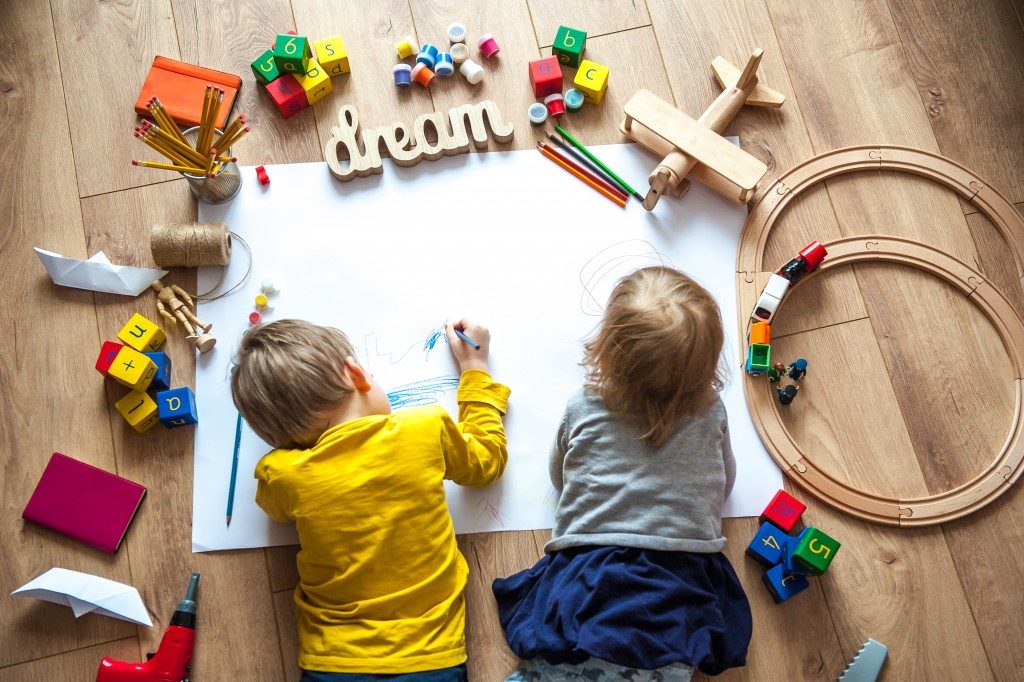Creativity and happiness aren’t teachable overnight or in a few days. However, as a teacher, you can encourage your young students as early as possible. Here are some simple and entertaining ways you can provide them with new lessons as well as gateways to becoming creative:
Technical and Creative Writing
Yes, students should learn the difference between what creative and technical writing can be. They can write simple words, phrases, and sentences to help separate the ideas that an objective and subjective mind see in the world. Even simple activities in first grade writing can be taught with this in mind. Let your young ones understand the value of both, depending on the situation and their desired goal.
Visual Arts
Whether it’s painting, drawing, or folding, visual arts can be incredibly educational for young students. Most of their world is discovered and judged by what they see, so teaching them about colors, lights, and even relationships between two objects is vital. What shapes do they like? What colors do they like to wear? Do they have a favorite cartoon or book? Stir their imagination by letting them describe what they see verbally or in writing.
Music
The songs of today can be exciting to listen to and create the illusion of happiness and thrills. However, even at a young age, a child can have a discerning ear and lean toward more classical and traditional formats in music. Start simple by introducing them to short pieces and eventually upgrade them to longer performances. Help them interpret the story of a song or describe what they feel when they listen to different kinds of genres.
Theater
Some children love a good show. Others love to be part of the said show. It’s important to build a child’s confidence and ability to express through the power of theater. While they can’t remember long lines or think of amazing one-act plays, they can certainly enjoy shows that they can watch online or even during a field trip. The idea is to stimulate as many of their senses as possible, particularly the visual and auditory, which can positively affect their imaginations.
Critique

Criticism of visual arts, music, writing, and theater is a mature and adult concept. But it doesn’t have to be taught only when people are adults. Children can be taught critique by simply asking them if they like or dislike a piece of music or a work of art. They don’t have to be perfectly articulate. Still, it’s important that they can give a simple reason for their sentiments. This will also teach them the valuable skill of intellectual compromise, where they don’t have to agree on one interest as long as they do it with both passion and civility.
Now that you have some ideas on how to encourage creativity and happiness in your students, it’s time that you think of new lessons for them. These lessons can be based on the topics discussed here or can be out of your own imagination. Whatever you come up with, the goal is to give them the freedom to choose what makes them happy.

